
New Albany, OH – Wallick is excited to welcome Dr. Abraham Mathew as the Senior Vice President of Senior Living Operations, after joining the team as Interim Senior Vice President in April.
As Senior Vice President of Senior Living Operations, Abraham will lead the strategic and operational direction of Wallick’s Senior Living division to elevate resident care, drive growth, promote operational excellence and build a high-performing, mission-aligned team across communities.
Abraham brings with him more than two decades of experience in healthcare management, including executive leadership roles across senior living communities and CCRCs. Most recently, he served as Regional Vice President of Operations for Lifespace Communities, overseeing multiple communities across Texas. Prior to that, he served as a Licensed Health Care Administrator, Executive Director, Senior Executive Director, and Director of Operations, leading high-performing teams and delivering operational excellence across the continuum of care.
Abraham began his career as a direct caregiver and social worker, and quickly advanced due to his passion for learning and leadership. He became a Licensed Health Care Administrator in 2010 and has led diverse teams across skilled nursing, assisted living, Memory Care and independent living settings.
He holds a Doctorate in Business Administration (DBA) with a specialization in Healthcare Management and Leadership from California Intercontinental University. In addition, he holds an MSW, MBA and a Master’s and Bachelor’s in English Literature. Abraham is licensed as a Nursing Facility Administrator in both Texas and Illinois.
In 2018, he was appointed by Governor Greg Abbott to the Texas Nursing Facility Administrators Advisory Committee (NFAAC), where he currently serves as Co-Chair, following his term as Chair through 2024.
Abraham’s leadership is deeply guided by the principles of servant leadership, transparency, accountability, and collaboration. He believes in empowering teams, fostering a culture of trust, and leading with a purpose rooted in values.
Outside of work, Abraham is actively involved in church and community life, enjoys mentoring and plays in local soccer leagues.
In his words, “I am most looking forward to serving at Wallick Communities where values are more than words—they are lived out daily. It is an honor to be part of a mission-driven organization with such a rich legacy and a bold vision for the future.”
Wallick (wallick.com) serves the affordable housing, workforce housing and senior living markets and operates with more than 1,100 associates across five business divisions: Development, Construction, Asset Management, Affordable Housing Operations, and Senior Living Operations. For 59 years, the business has adhered to its founder Jack Wallick’s ideals of integrity and consistent quality. Led by CEO Amy Albery and guided by its Board of Directors, Wallick is an employee-owned company.










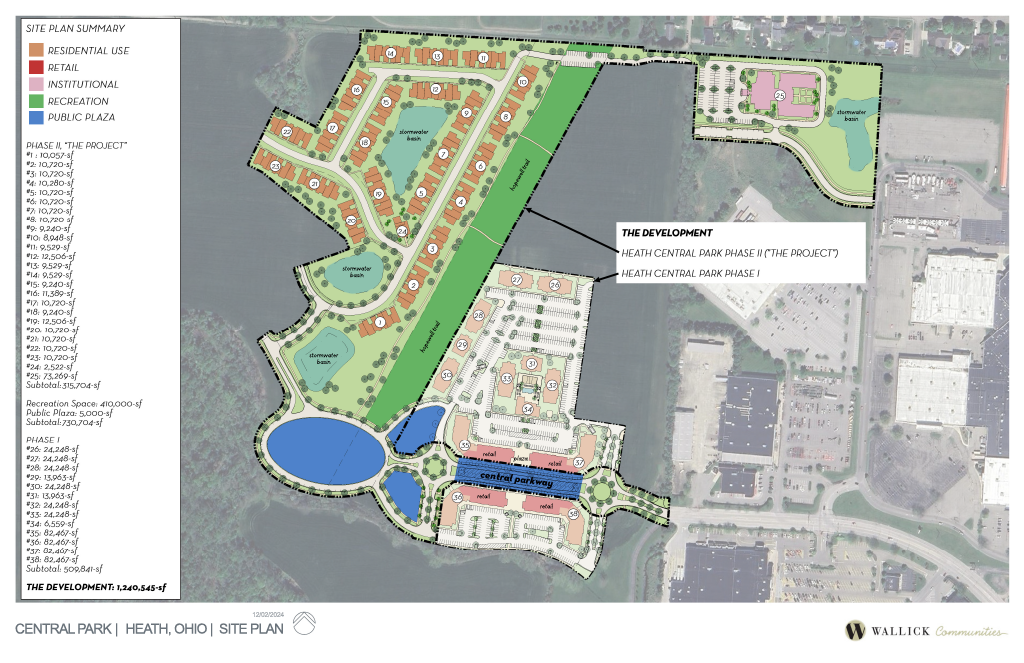
 New Albany, OH – Wallick is pleased to announce the promotion of Tammana Bharakhda to Senior Vice President of Marketing & Branding.
New Albany, OH – Wallick is pleased to announce the promotion of Tammana Bharakhda to Senior Vice President of Marketing & Branding.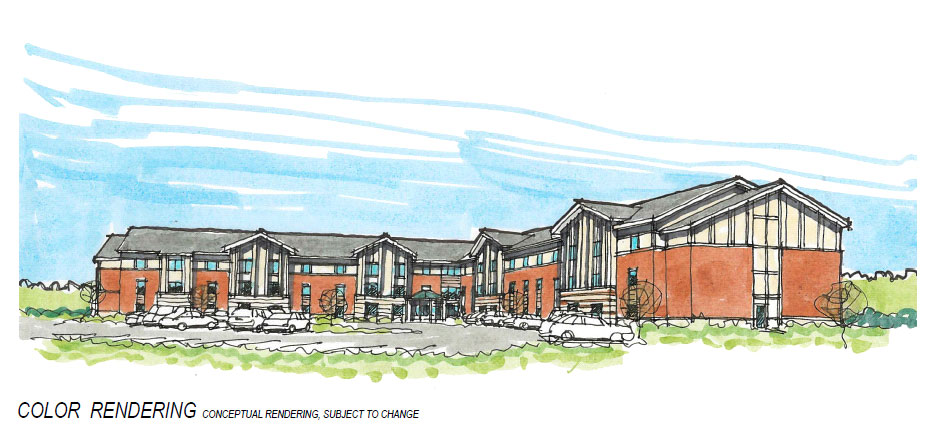

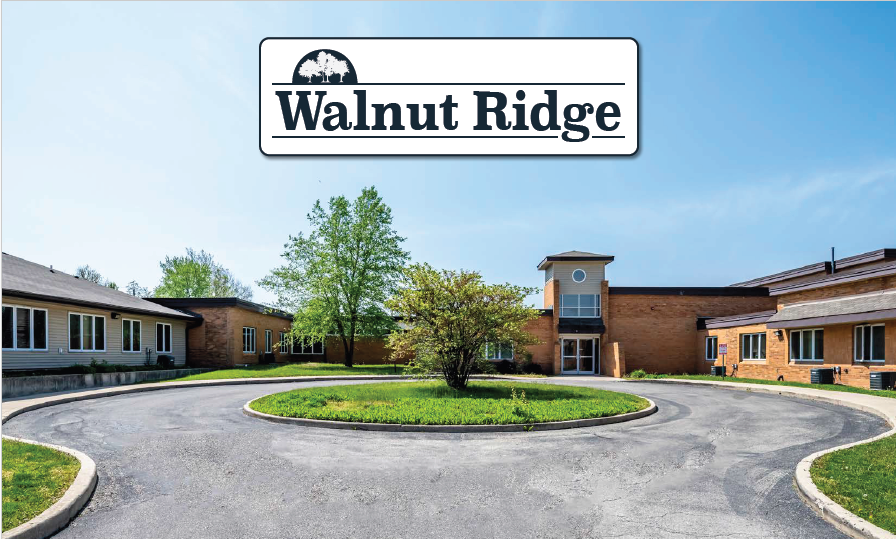


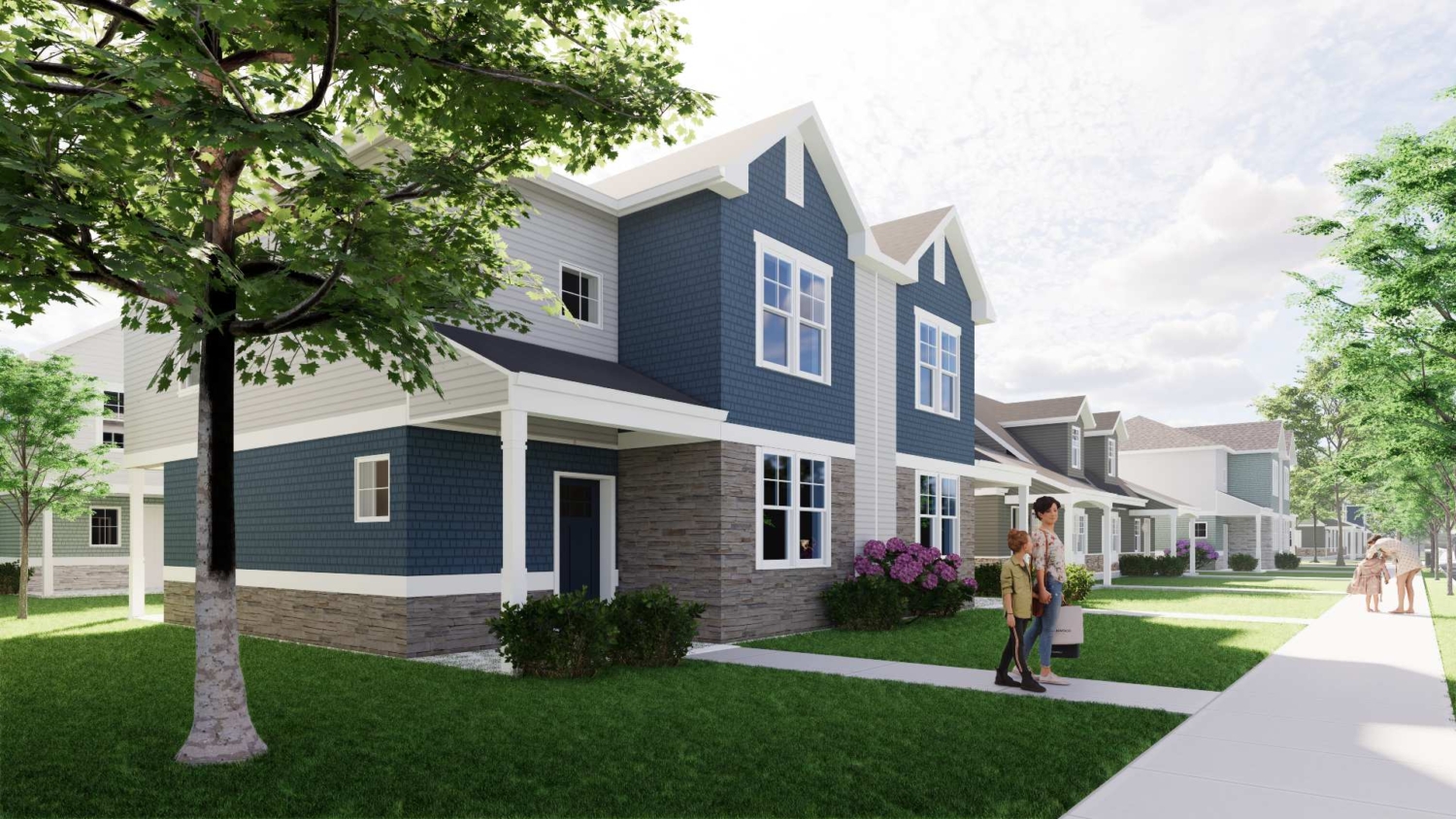


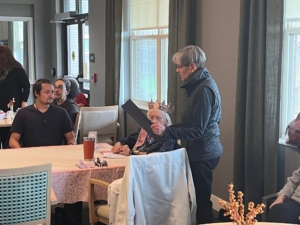








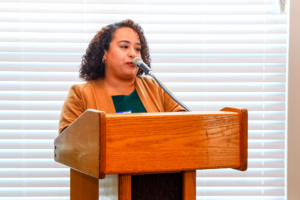

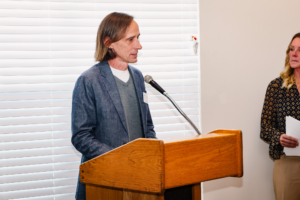



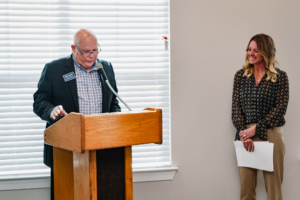

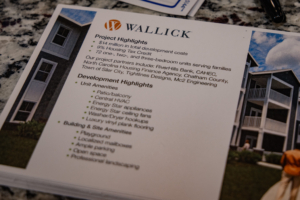
 New Albany, OH – Wallick is pleased to announce the promotion of Mike Ekis to Senior Vice President of Construction, effective October 1, 2024.
New Albany, OH – Wallick is pleased to announce the promotion of Mike Ekis to Senior Vice President of Construction, effective October 1, 2024.